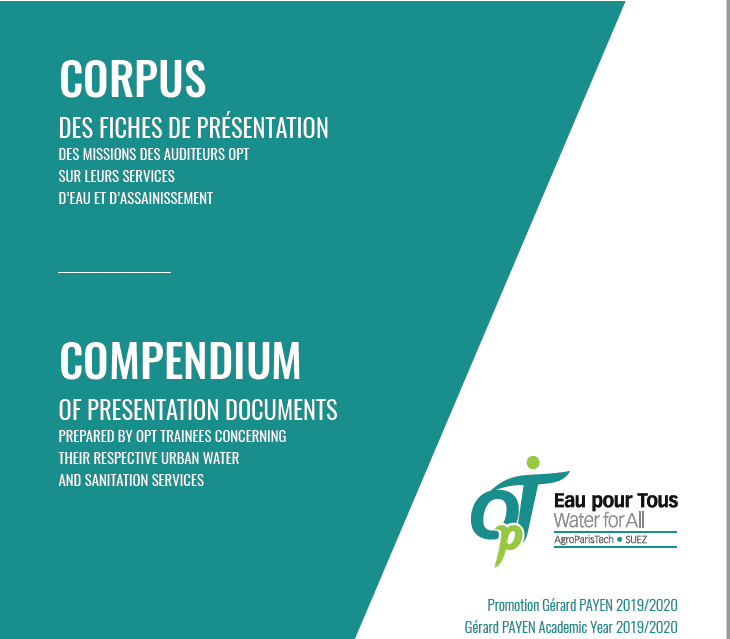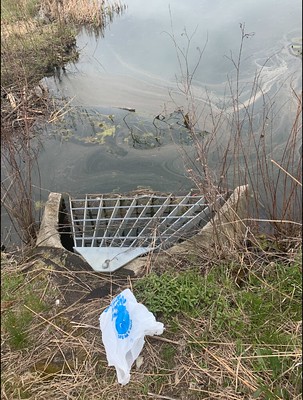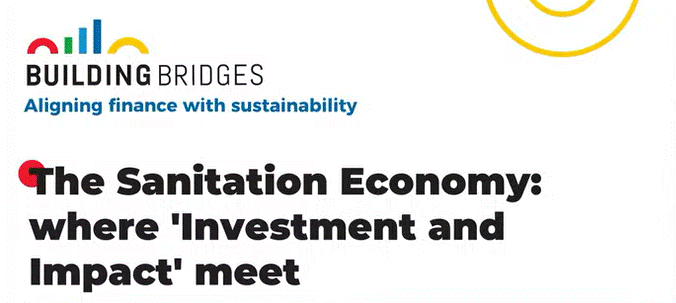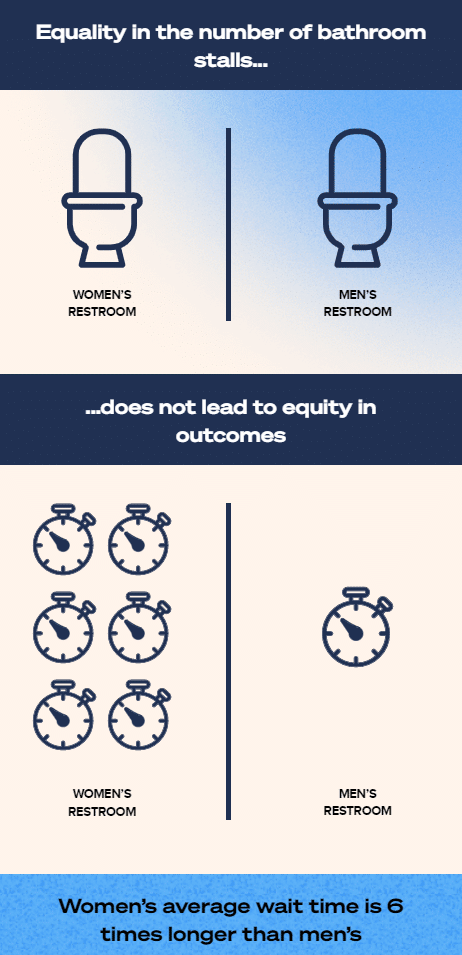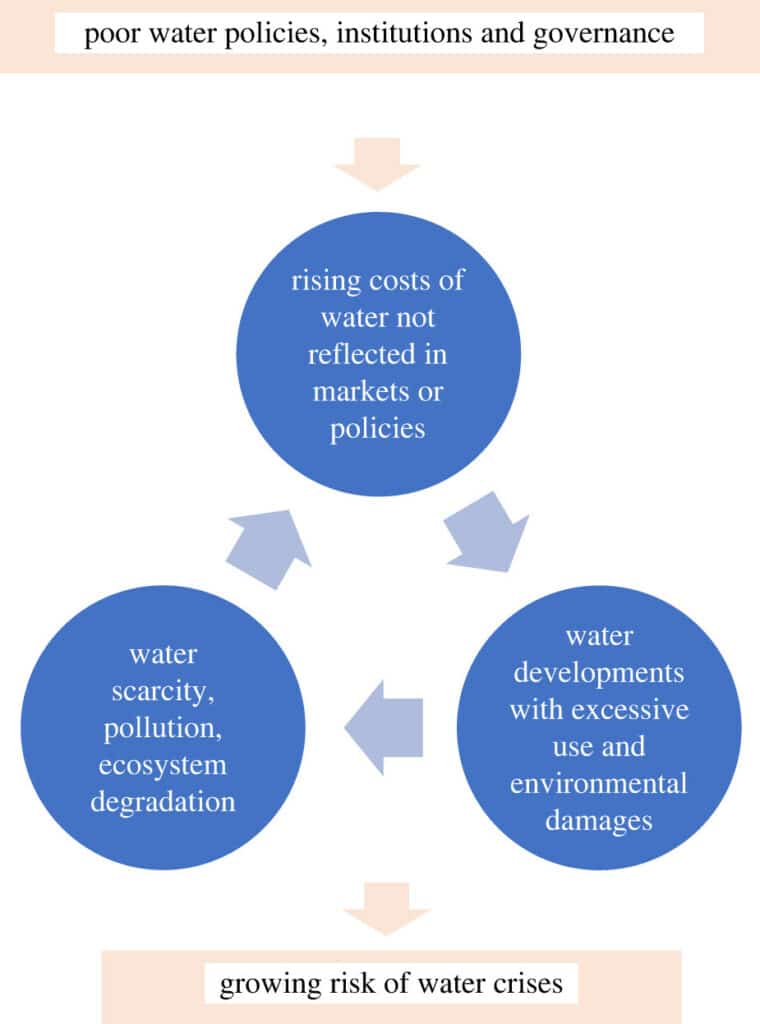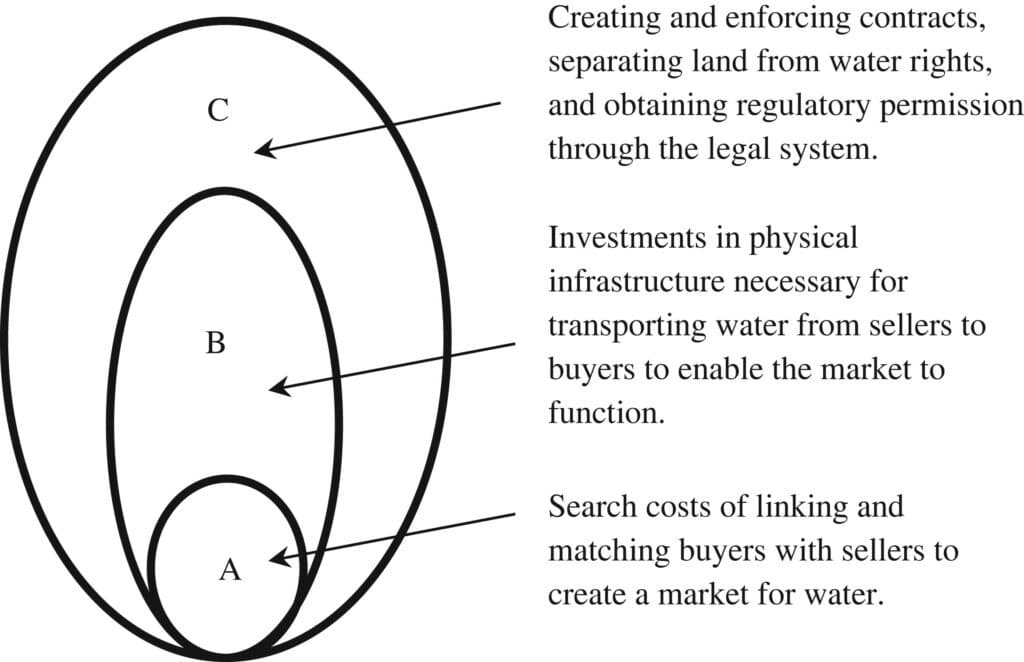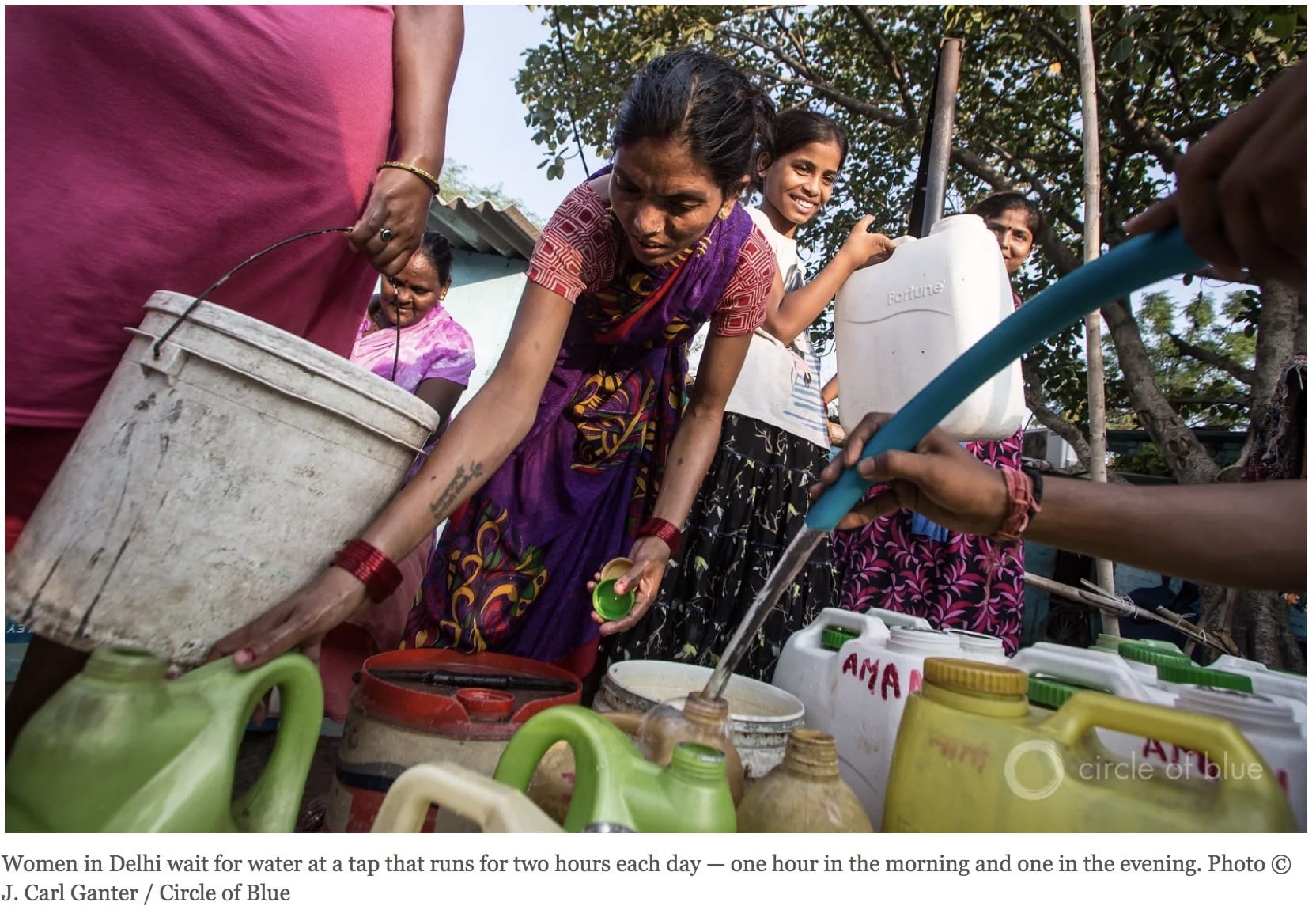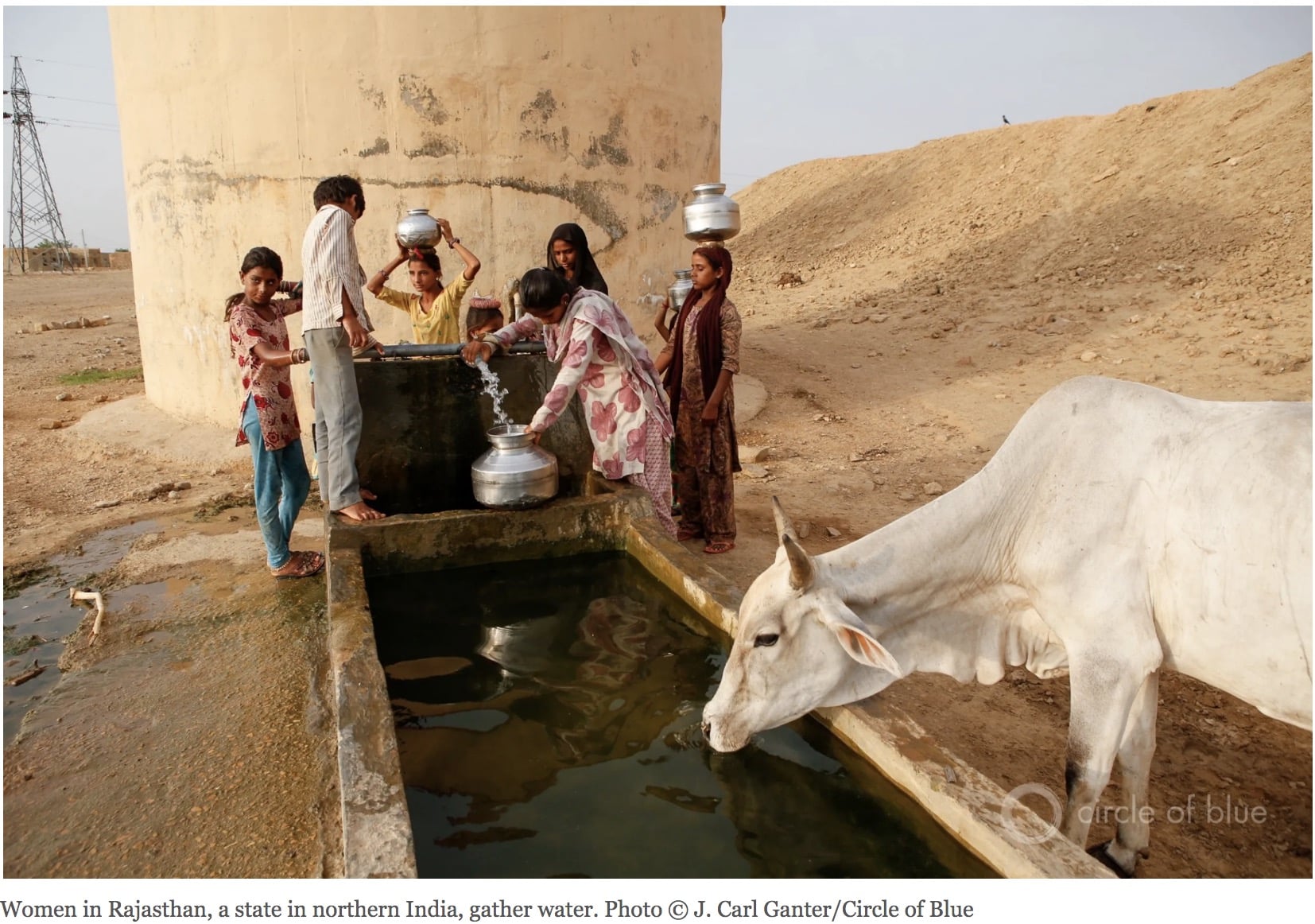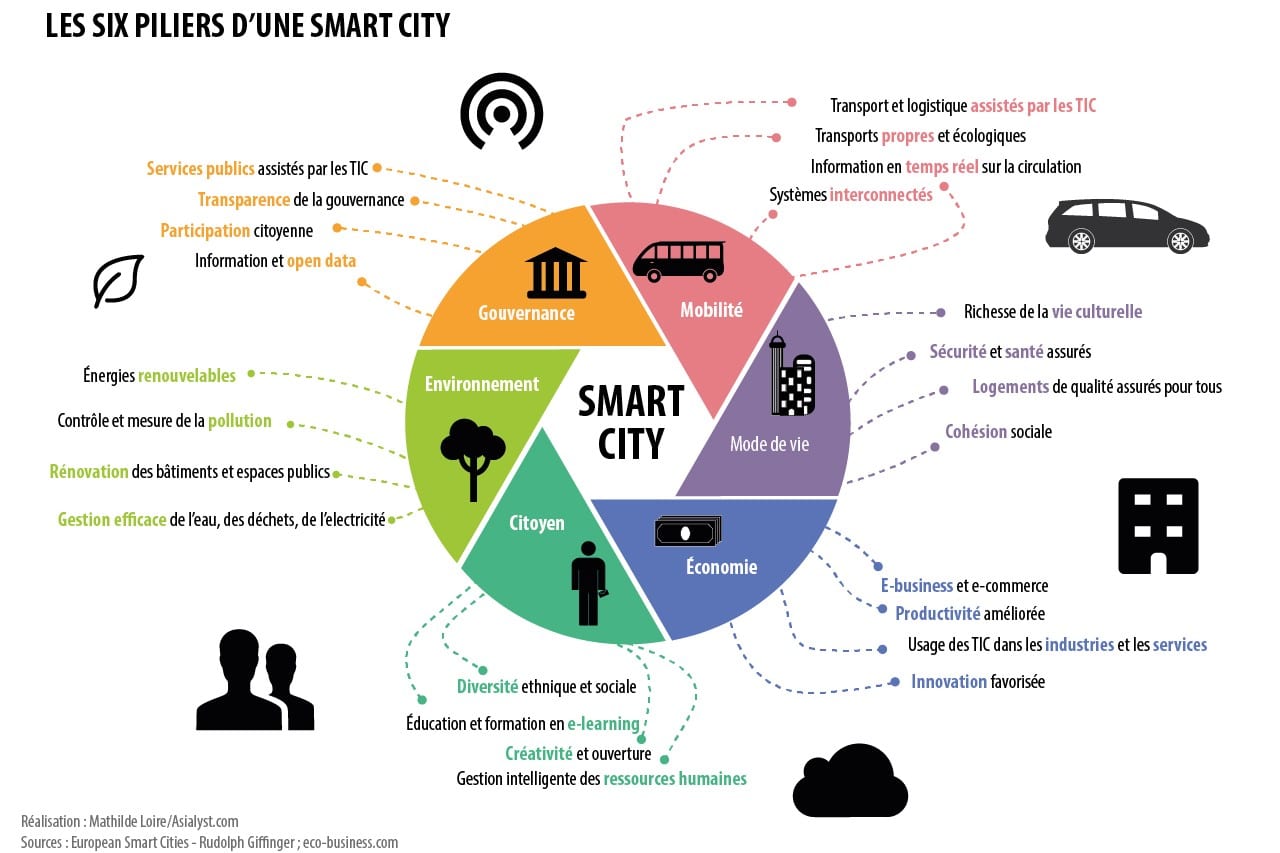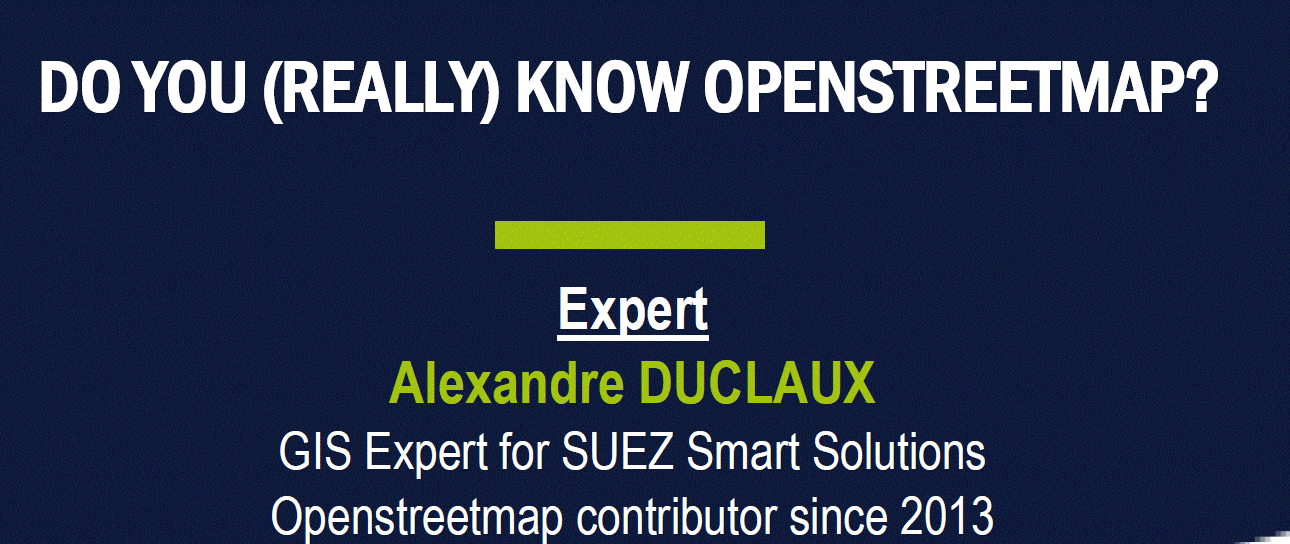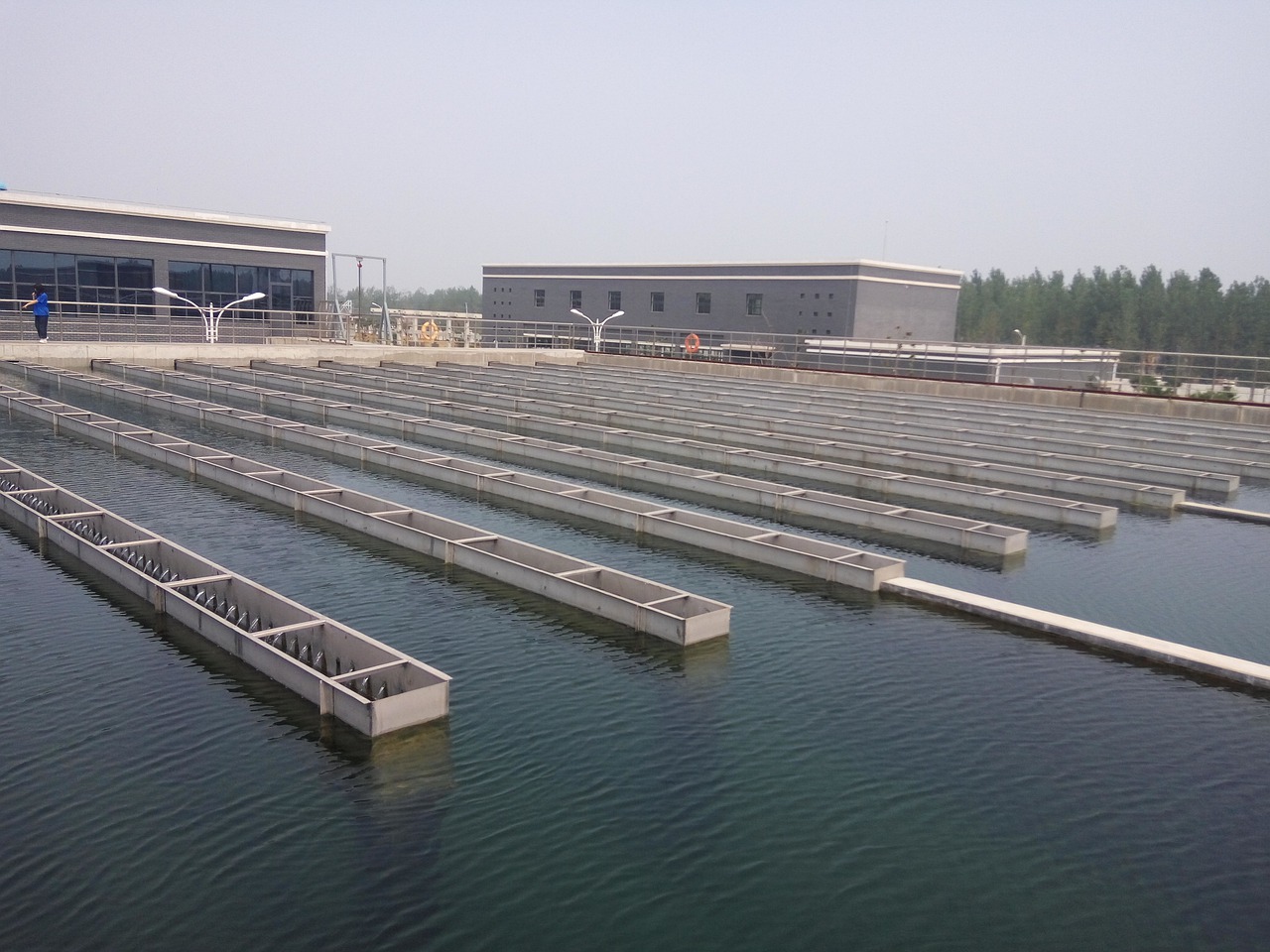These summary presentation documents prepared by 37 specialist SPECIALIZED MASTER “Water for All” – OpT session 2019-2020 (23 English speaking /14 French speaking – 7th promotion called promotion Gérard PAYEN) are the outcome of 13 months of a training program between:
• Training on the AgroParisTech campus in Montpellier over 6 months in 3 phases
• Immersion and case studies abroad over 3 weeks: Singapore/Cambodia – Casablanca/Ouagadougou
• 6 months in their own departments to collect precise data, exchange with their teams, share diagnoses and
strategies
Each OPT trainee presented, from April 2020 to June 2020, his or her strategic action plan (SAP), a real professional thesis, applied to the management of change which he or she had been thinking about throughout the training.
It is the result of an analysis and diagnosis of a water and sanitation service situation on the one hand, then in its extension, of a strategy that is as elaborate as possible, and finally of the prefiguration of actions to be undertaken.
Their action plan constitutes a “scenario of the possible” in a 5- or 10-years projection, while taking into account, or not, actions or investments already undertaken in their service or at a state level. They are described in this corpus.
They provide insights into their own analysis of the situation and how to achieve concrete improvements.
By taking a step back and giving their point of view, sometimes in layman’s terms, the OPT trainees want to make the reader aware of the complexity of their environment which can, and must, lead to the transformation of their service.
These presentation sheets are personal and can be improved upon, sometimes in different styles. They are intended to give the reader a taste of their vision and the horizons for service development as imagined by the author, an OPT trainee. Sometimes heterogeneous in their form, even in their content, they are the result of work carried out in three stages. They have the merit of introducing the main dimensions of water and/or sanitation sector management in their country.
They show the questions and sometimes the doubts and obstacles that they face on their way to improving access to water and sanitation for all citizens of their city and country.
Resolutely framed towards the future, these documents are not “scientific reports” as such but rather a series of messages which highlight that managers are working to move forward and progress in their companies, regardless of the hazards and unfavourable elements that exist.
In this respect it’s only right and proper to bear in mind the context of the many and varied socio-economic indicators which exist in their respective countries that are well below those of
western countries apart from when it comes to issues of growth. It is also clear that the emergence of the COVID pandemic, since the beginning of 2020, will thwart these visions and actions envisaged before the crisis. Nevertheless, they are still on the agenda as the new OPT 2021-22 class (47 trainees) completes their course and sometimes revises and adjusts these action plans…
This work and this course at AgroParisTech, our renowned public service management school, were made possible thanks to the support of the SUEZ group, the French Development Agency (AFD), the French water agencies and the general management of the companies from which our executive managers come.
Facing the challenge, they describe, let us wish them all a constant commitment and determination in the WATER AND SANITATION sectors, which are too often neglected in terms of investment and capacity, even though they are decisive for the future success of their countries and their continents!

